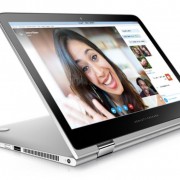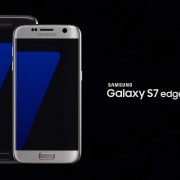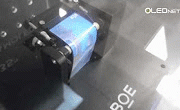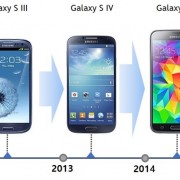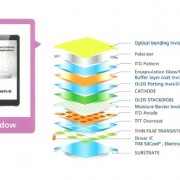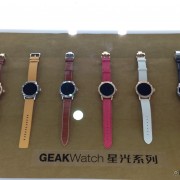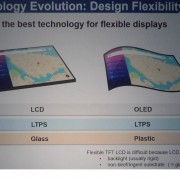Samsung Display, Spurs on OLED for Notebook and Tablet

Samsung OLED Equipped HP Spectre 360 (Source = HP)
Hyunjoo Kang / jjoo@olednet.com
With diverse merits, OLED application is increasing to include notebook, tablet, monitor, etc. Accordingly, Samsung Display’s OLED panel is being actively expanding to this market.
HP recently began shipping Spectre 360, a notebook equipped with Samsung Display’s 13.3 inch OLED with resolution of 2560 x 1600. Previously, in CES 2016 (6-9 Jan) Samsung Electronics revealed Samsung Display’s 12 inch OLED equipped Galaxy Tab Pro S, and HP and Dell also presented Samsung Display’s 13 inch mark OLED equipped labtop.
In SID 2016 (22-27 May), Samsung Display presented 2560 x 1440 resolution 13.3 inch and 14 inch OLED for notebook and actively targeted the notebook market. Following this, a Korean press reported that Samsung Display will stop production of TN panel, low resolution LCD panel for notebook and monitor. That Samsung Display is actively targeting the notebook market is analyzed to be a strategy to create premium market advocating diverse advantages of OLED.
Due to superior contrast ratio, OLED’s picture quality is clearer in comparison to LCD, and easy to create premium market as the weight can be lighter than LCD. Burn in effect, considered one of OLED’s drawbacks, is also known to have been much improved.
As the price of OLED is higher than LCD at present, specialist market, such as medical, should be targeted first. However, when the price competitiveness improves in future, popularization of OLED is anticipated. Accordingly, Samsung Display is actively taking action in notebook and tablet OLED market expansion. UBI Research reported that 2016 Q1 OLED panel shipment for tablet increased by more than 10 times compared to the same period in 2015.
According to UBI Research’s 2016 OLED Display Annual Report, the 11 inch – 13 inch, notebook and monitor use, OLED panel shipment is expected to record 100,000 units this year, and this is expected to increase by 10 times in 2020.

